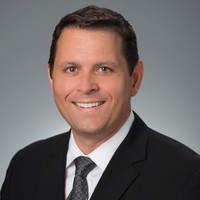- Video Library
- Chris Prentice, Harmonic Bionics - Digitized Shoulder Health | LSI Europe '22
Chris Prentice, Harmonic Bionics - Digitized Shoulder Health | LSI Europe '22

Chris Prentice
Christopher is a West Point graduate with a master’s degree in Business Administration, as well as Healthcare Administration. He has over 20 years of medical device experience in both large strategic healthcare companies and successful startup companies. Prior to his position as VP of Commercial Integration at Medtronic, he was CEO of Mazor Robotics, Inc. and Chief Commercial Officer of Mazor Robotics Ltd., companies that were acquired by Medtronic in December 2018.
Chris Prentice
Christopher is a West Point graduate with a master’s degree in Business Administration, as well as Healthcare Administration. He has over 20 years of medical device experience in both large strategic healthcare companies and successful startup companies. Prior to his position as VP of Commercial Integration at Medtronic, he was CEO of Mazor Robotics, Inc. and Chief Commercial Officer of Mazor Robotics Ltd., companies that were acquired by Medtronic in December 2018.

17011 Beach Blvd, Suite 500 Huntington Beach, CA 92647
714-847-3540© 2025 Life Science Intelligence, Inc., All Rights Reserved. | Privacy Policy







